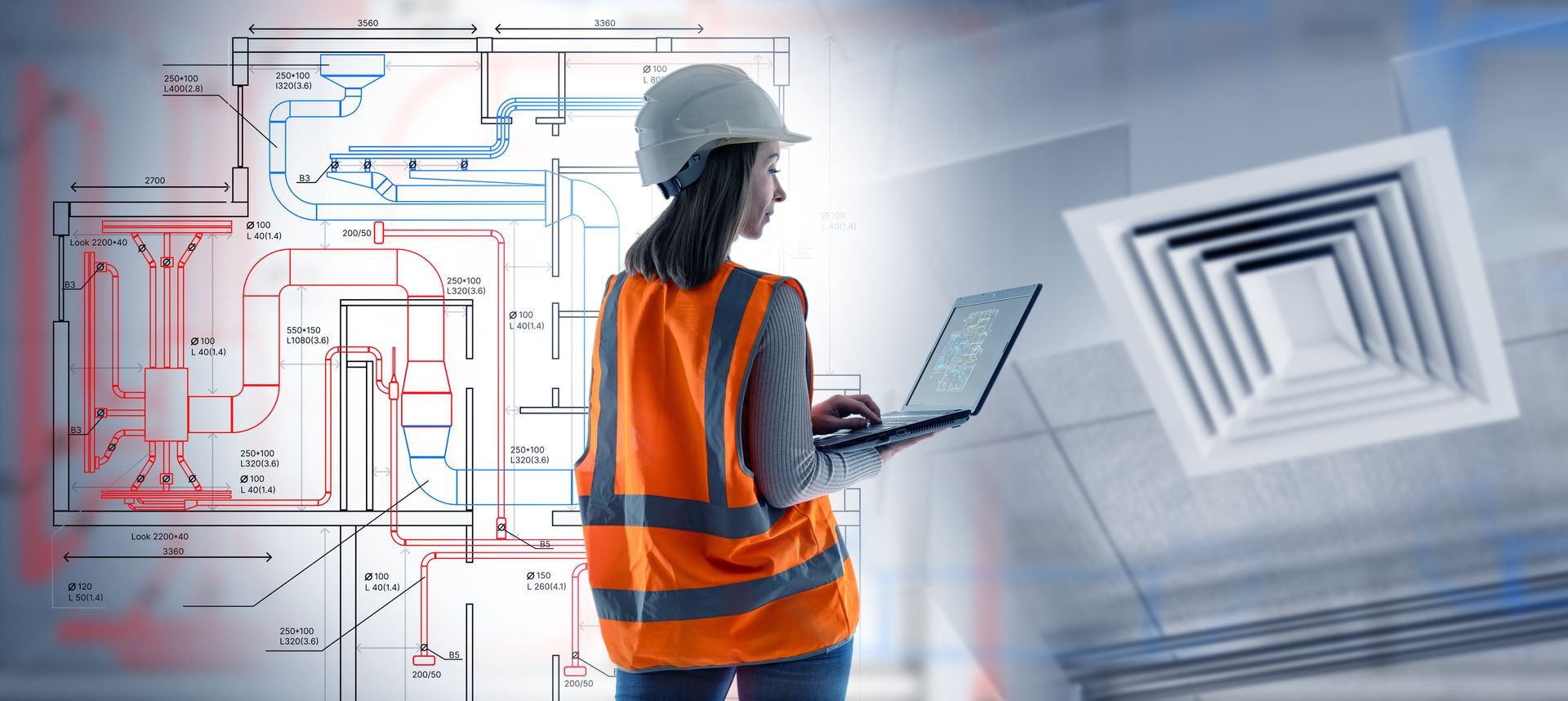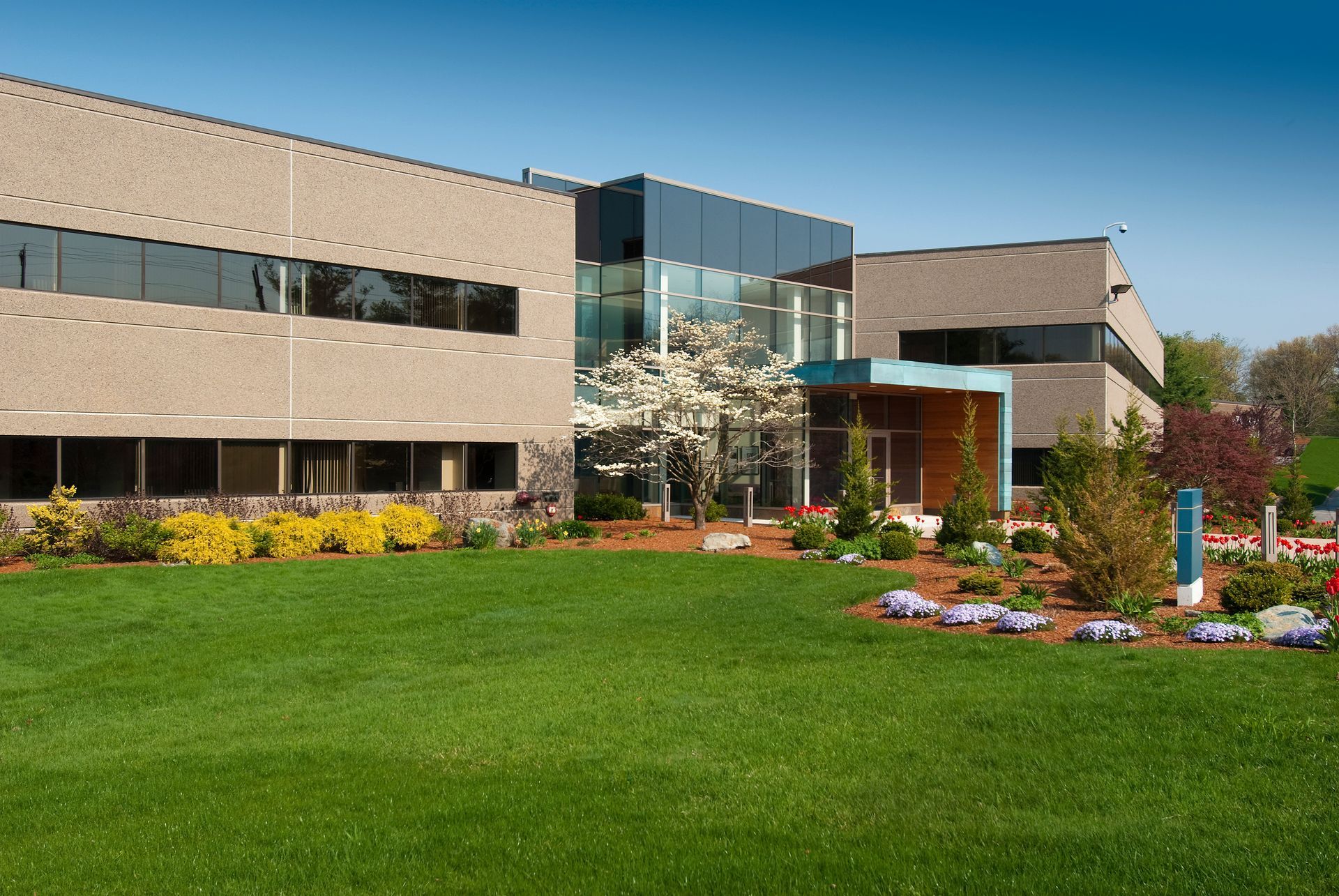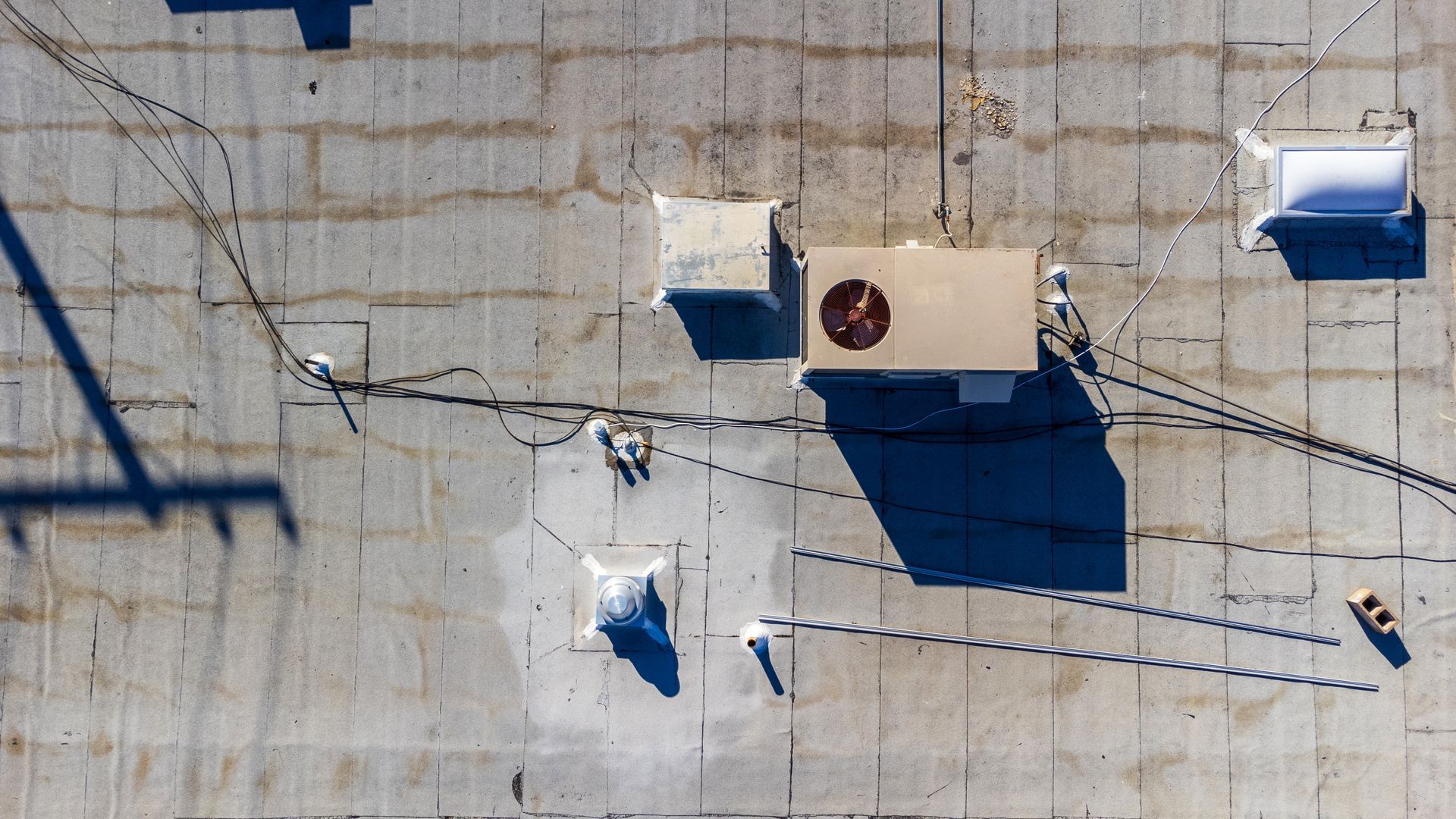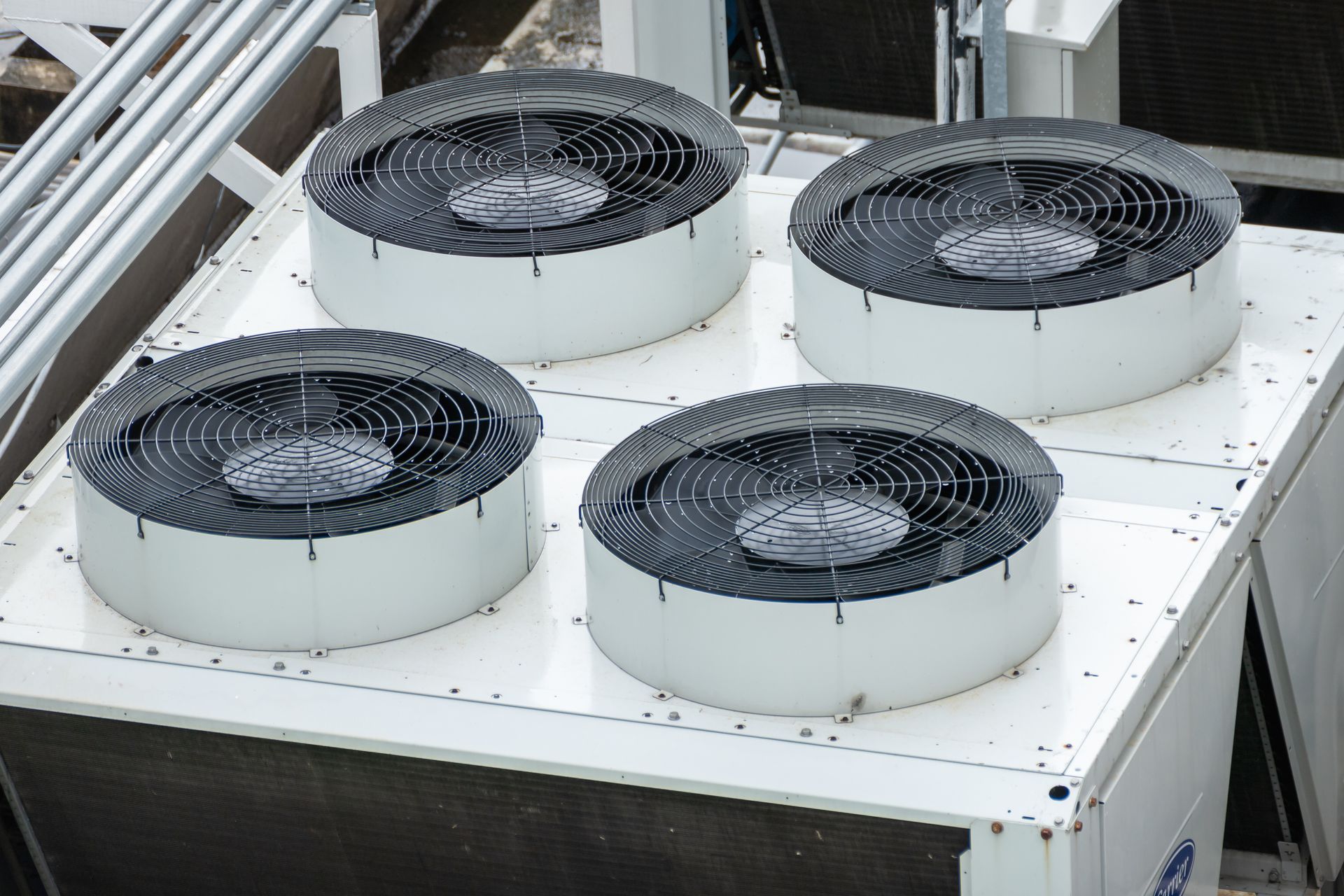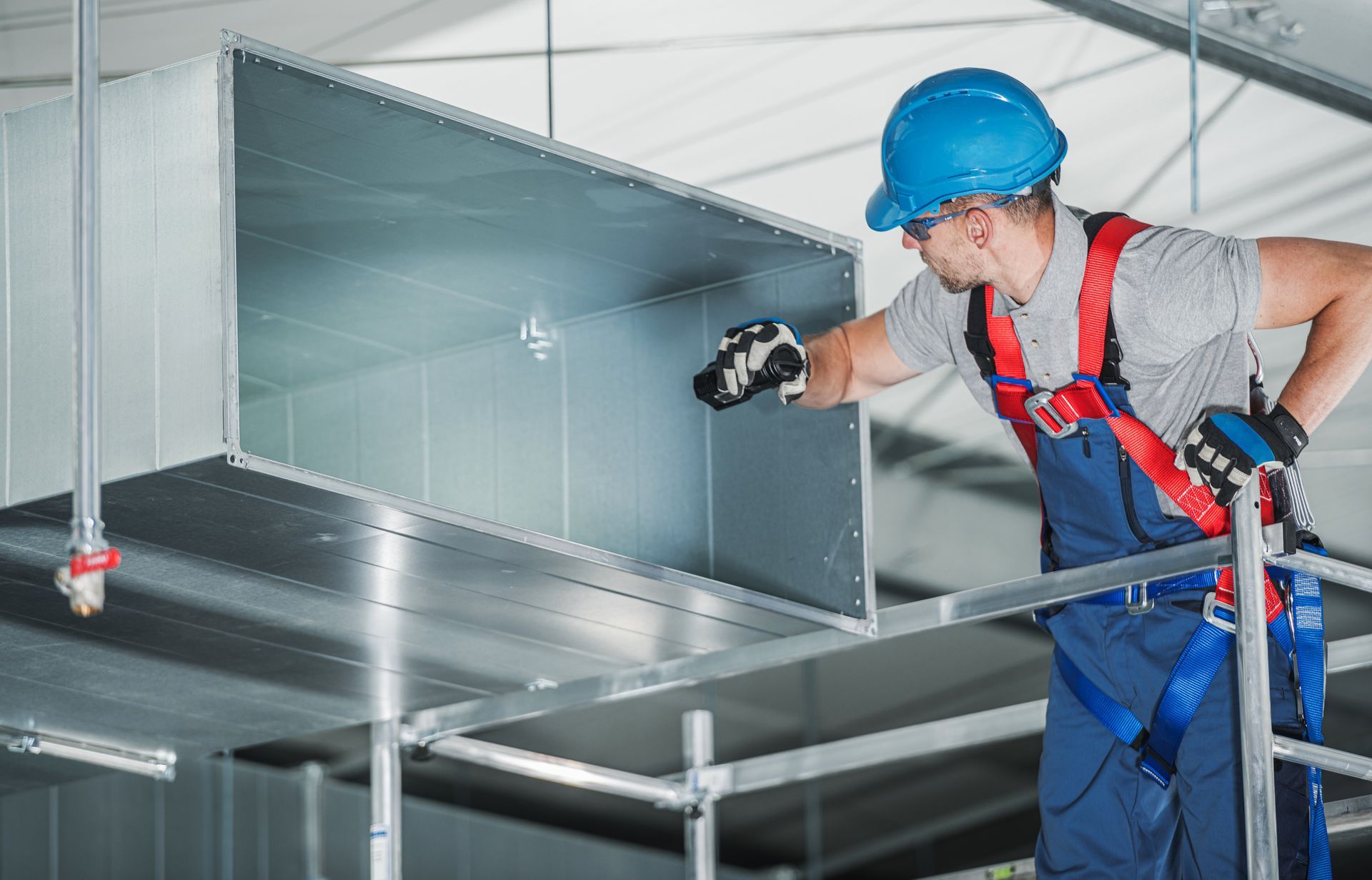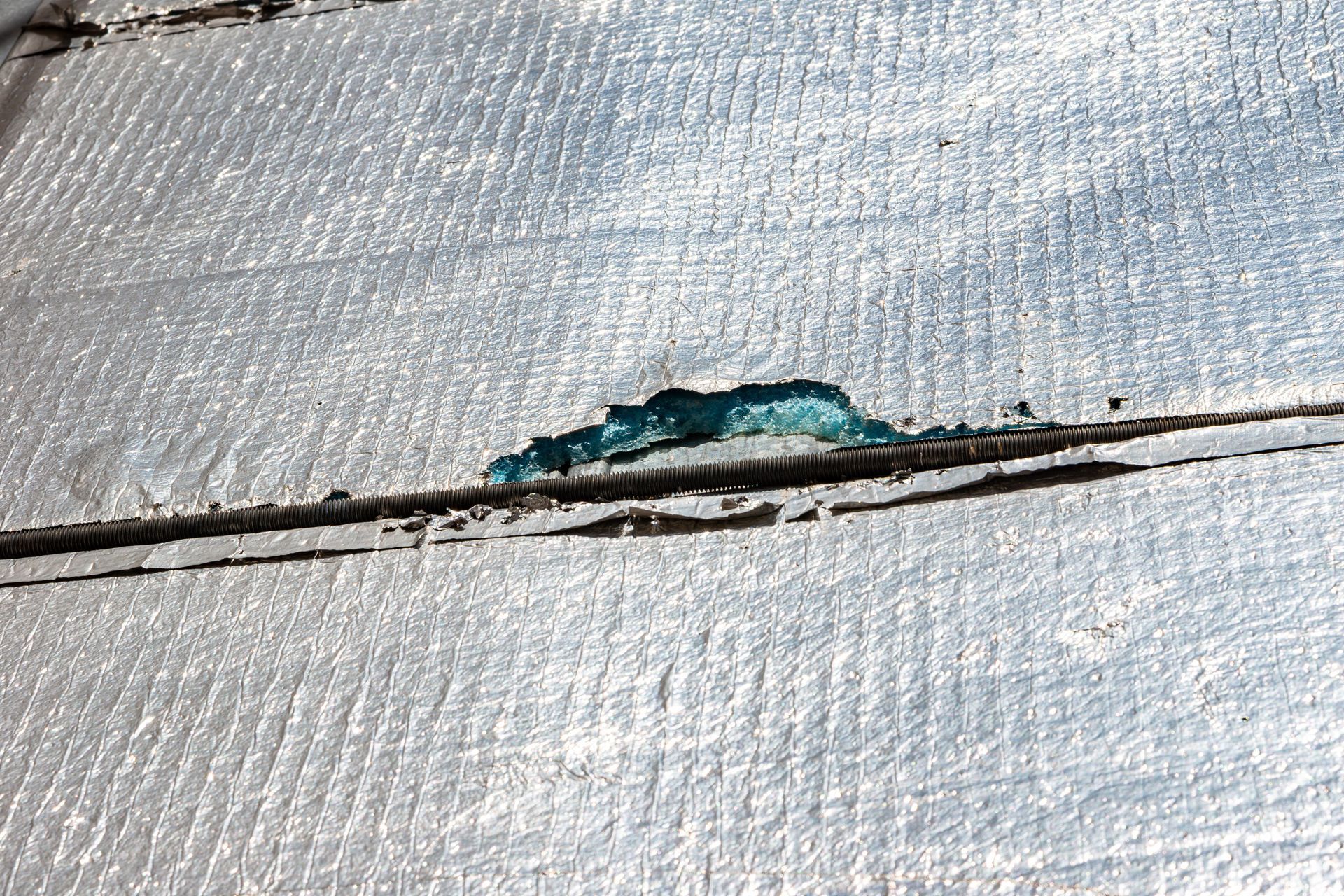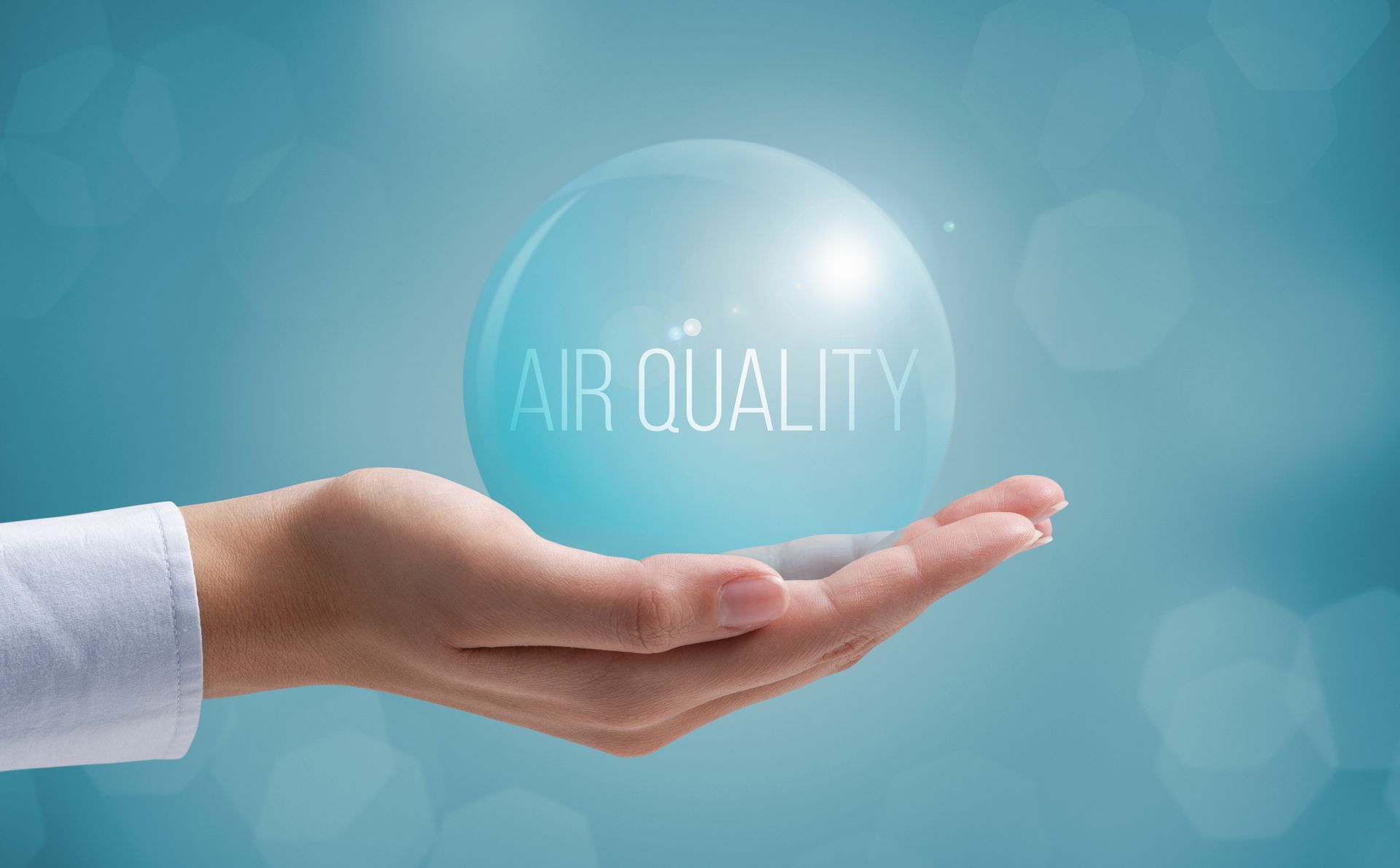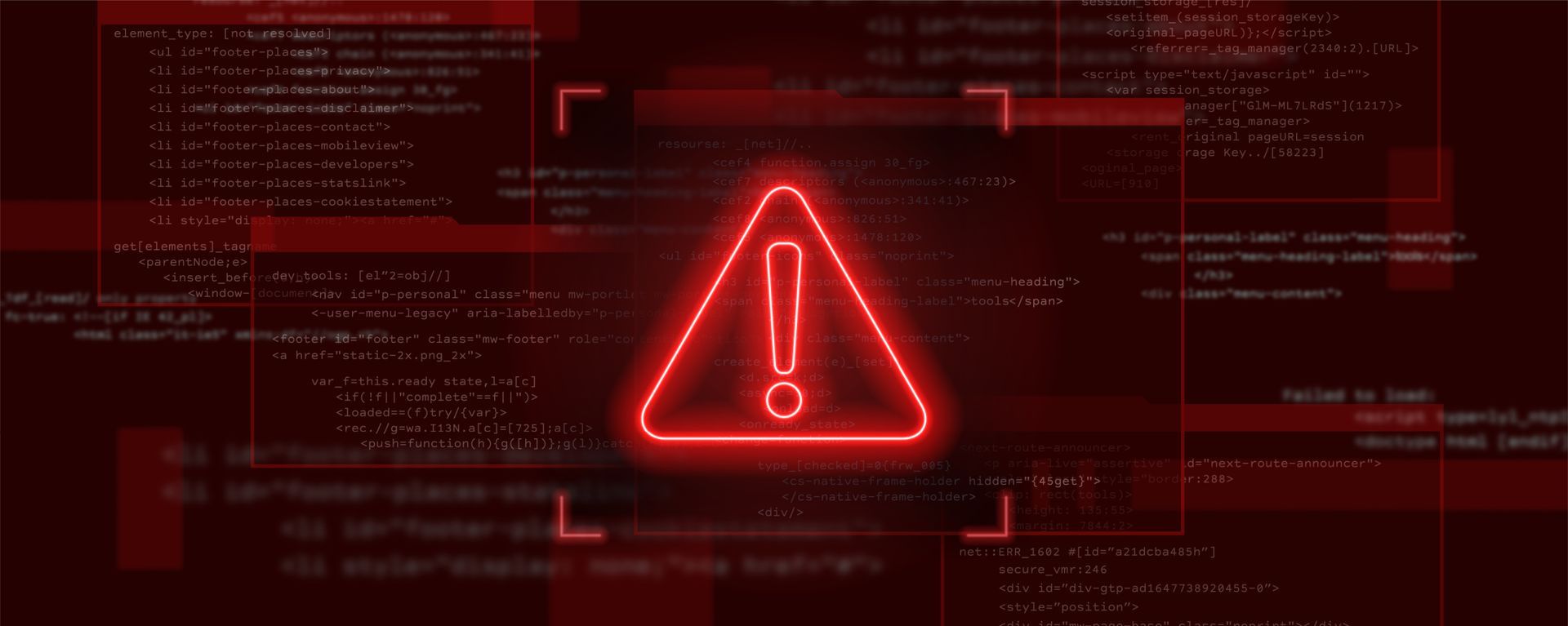Preparing HVAC Systems for Load Shifting and Utility Demand Response Programs
Share

The dramatic increase in electricity demand during summers in Arlington and throughout DFW can push the power grid to the breaking point. In June 2023, the Electric Reliability Council of Texas (ERCOT) reported a new all‑time high peak demand of 80,828 MW, triggering statewide appeals to conserve energy to keep blackouts at bay.
DFW is the nation’s largest metro area by square footage. Our 9,200 square miles are bigger than Connecticut and Rhode Island combined. From a population perspective, DFW is the fourth largest metro area in the U.S.
That’s a lot of people and a lot of buildings that require consistent cooling in persistent triple-digit summer temperatures. Commercial buildings aren’t the top electricity consumers overall, but they often represent the most controllable load (especially HVAC), making them prime candidates for demand response (DR) programs.
Utilities want to reduce the risk of blackouts, and they’re more than happy to incentivize participation in demand response programs to make them less likely.
What Is HVAC Load Shifting?
Load shifting refers to the practice of changing when and how your HVAC system consumes electricity to reduce demand during peak hours. Instead of cooling a space continuously throughout the hottest part of the day, you might:
- Pre-cool in the morning before occupancy peaks
- Temporarily raise thermostat setpoints during peak hours
- Cycle units or stagger fan/compressor loads
- Disable cooling in non-critical zones
With the right controls in place, these actions can be automated or scheduled to align with rate structures, occupancy and weather patterns.
Demand Response Programs for Arlington and DFW Businesses
Several demand response programs are available to commercial electricity users in the DFW area, but they are voluntary, not mandatory. Businesses must opt in through a retail electric provider (REP), energy aggregator or direct enrollment with ERCOT. Some common DR pathways for Arlington and DFW facilities include:
- ERCOT Load Resource and Emergency Response Service (ERS) programs
- Aggregator-managed programs via providers like Enel, CPower or Voltus
- REP-sponsored curtailment incentives for large commercial accounts
Participants typically receive event alerts, and agree to reduce load during a defined window, often between 3 p.m. and 7 p.m. HVAC curtailment usually involves:
- Raising thermostat setpoints 2–4°F in occupied spaces
- Cycling units in stages to avoid peak overlap
- Temporarily disabling HVAC in low-use or storage zones
In return, commercial buildings may receive:
- Credits or rebates for participation or verified load reductions
- Lower demand charges
- Incentives tied to green building certification or ESG goals
Do Facilities Require Special Equipment to Participate?
Not necessarily, but buildings with modern zoning, variable-speed components and networked thermostats are more likely to succeed in DR programs without sacrificing comfort.
Is It Worth Upgrading to Enroll?
Only if you’re already planning improvements. Swapping in variable-frequency drives (VFDs), multi-stage compressors or advanced controls can help you automate participation, but the upfront investment won’t be fully offset by DR credits or demand charges.
However, facilities that need to replace their HVAC system can benefit from choosing equipment that enables program participation while minimizing the impact on occupant comfort.
How to Prepare Your HVAC System for Load Shifting
Even without a formal DR agreement, load shifting can reduce utility bills during high-rate periods. Facility managers and property owners may want to:
- Use a BMS or programmable thermostat to automate pre-cooling and peak setbacks
- Review occupancy patterns to identify zones that can tolerate reduced cooling
- Stagger start/stop times on rooftop units to avoid power spikes
- Track runtime and cycling frequency to avoid overworking specific components
- Coordinate with lighting and plug-load strategies for broader demand reduction
Facilities with flexible HVAC zoning, modern controls or recent upgrades will typically have an easier time implementing these changes without complaints.
Is It Worth Upgrading HVAC Equipment to Support Load Shifting?
Not unless you’re already replacing aging units or redesigning your control strategy. If upgrades are on the table, you can support future DR participation or load-shifting flexibility by investing in:
- Variable-speed fans and compressors that allow you to scale performance instead of cycling on/off
- Advanced thermostats or BMS integration to automate participation or manual curtailment
- Smarter zoning to isolate critical and non-critical areas for targeted load reduction
- Demand-controlled ventilation (DCV) that allows you to adjust airflow based on occupancy or air quality, not just a clock
If your building lacks these features, you can still participate, but the impact (and savings) may be smaller.
Load Shifting Can Go Too Far
Load-shifting isn’t risk-free. If executed poorly, it can lead to:
- Occupant complaints due to overly aggressive temperature changes
- IAQ issues if fan cycling is reduced too much
- System strain if units short cycle while trying to recover
- Uneven comfort across zones, especially in open-concept buildings
Successful participation requires striking a balance between energy savings and tenant satisfaction.
How Tom’s Commercial Supports Load-Shifting and DR Readiness
Tom’s Commercial works with facility managers in Arlington and the DFW area to prepare HVAC systems for flexible load operation. Whether you’re joining a DR program or just trying to cut costs, we can help with:
- Runtime and zoning evaluations to identify curtailment opportunities
- Setpoint strategy optimization based on your building’s layout and occupancy
- Equipment assessments to ensure rooftop units or compressors can handle altered schedules
- Control upgrades or retrofits to support automation
- Maintenance plans that keep systems efficient and ready to respond
If you're considering DR participation or just want to get more out of your HVAC system during peak periods, call Tom’s Commercial at 817-857-7400.

